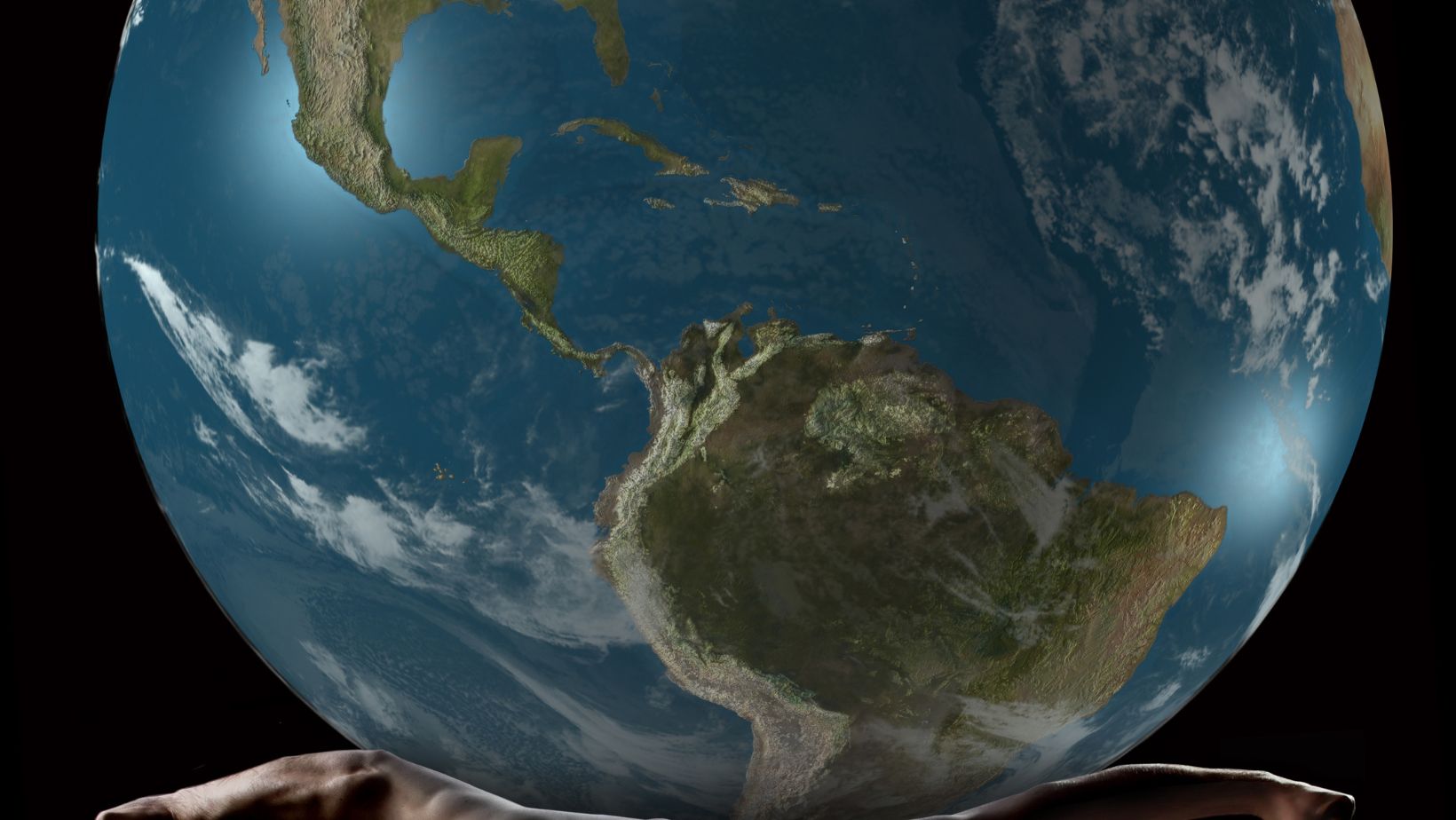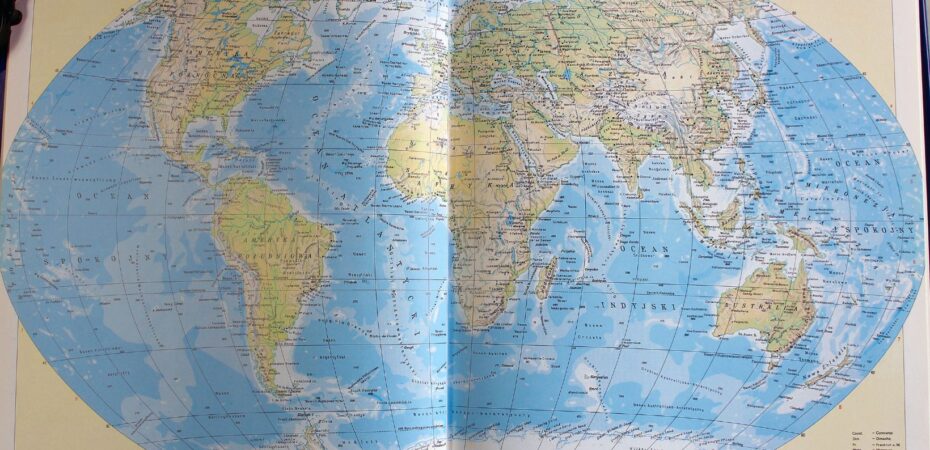What is the Distance Between the Highest and Lowest Points on Earth
As an experienced blogger, I’ve been asked numerous times about the distance between the highest and lowest points on Earth. It’s a fascinating topic that showcases the extremes of our planet. Today, I’ll delve into this subject and provide you with the precise measurements of the highest and lowest points on Earth, offering some intriguing insights along the way.
When it comes to the highest point on Earth, there’s no doubt that Mount Everest takes the crown. Standing tall at an astonishing 29,029 feet (8,848 meters) above sea level, this majestic peak located in the Himalayas is the ultimate challenge for mountaineers and an iconic symbol of human perseverance. Its awe-inspiring height has captivated adventurers and explorers for centuries, making it a bucket-list destination for many.
On the other end of the spectrum, we find the lowest point on Earth: the Dead Sea. Nestled between Jordan and Israel, this unique body of water reaches a staggering depth of 1,410 feet (430.5 meters) below sea level. Known for its high salt concentration and remarkable buoyancy, the Dead Sea is not only a natural wonder but also a popular tourist attraction, offering visitors a chance to float effortlessly on its serene waters.
Stay with me as we explore the fascinating details and significance of these extreme points on our planet. From the highest peaks to the lowest depths, we’ll uncover the wonders that lie within the distance between the highest and lowest points on Earth.
Understanding the Highest and Lowest Points
When it comes to the highest and lowest points on Earth, the contrast couldn’t be more striking. Mount Everest stands tall as the highest point, while the Dead Sea takes the crown as the lowest. As an adventurer, I’ve always been fascinated by these extreme points and the vast distance that separates them.
The distance between the highest and lowest points on Earth is quite remarkable. To measure it accurately, we need to consider both their elevations and their geographical locations. The highest point, Mount Everest, reaches a staggering 29,029 feet above sea level in the Himalayas. On the other hand, the lowest point, the Dead Sea, plunges down to a depth of 1,410 feet below sea level.
To calculate the distance between these two extreme points, we need to subtract the elevation of the Dead Sea from that of Mount Everest. This gives us an astonishing difference of 30,439 feet. This means that the highest and lowest points on Earth are approximately 30,439 feet apart!
It’s important to note that this calculation only takes into account the vertical distance between the two points. In reality, the horizontal distance between Mount Everest and the Dead Sea is much greater due to the curvature of the Earth and the vast expanse of land and water in between.
Understanding the distance between the highest and lowest points on Earth is a testament to the incredible diversity and extremes that our planet offers. From the towering heights of Mount Everest to the depths of the Dead Sea, these extreme points showcase the awe-inspiring wonders that nature has to offer.
So, next time you find yourself marveling at the highest peak or taking a dip in the lowest point, remember the incredible distance that separates them. It’s a reminder of the vastness and beauty of our planet.

Determining the Highest Point
When it comes to determining the highest point on Earth, there’s no doubt that Mount Everest takes the crown. As an expert blogger, I can confidently say that Mount Everest stands at an impressive 29,029 feet above sea level. But how is this measurement obtained?
The distance between the highest and lowest points on Earth is a fascinating topic. To measure the height of Mount Everest, geographers and surveyors use a combination of satellite technology, trigonometry, and ground-based measurements. This process allows them to accurately calculate the elevation above sea level.
One of the primary methods used is the Global Navigation Satellite System (GNSS), which includes GPS. By collecting data from multiple satellites, surveyors can determine the precise coordinates of Mount Everest’s summit. These coordinates, along with ground measurements, are then used to calculate the mountain’s elevation.
Another technique used is trigonometric leveling, which involves measuring the angle of elevation from multiple points along the mountain. This data is combined with the known distance between these points to determine the mountain’s height.
It’s important to note that the height of Mount Everest is not a fixed value. Due to tectonic plate movement and other geological factors, the mountain’s height can vary over time. However, as of the latest measurement, it stands at 29,029 feet above sea level.
Determining the highest point on Earth requires a combination of advanced technology and precise measurements. From satellite data to trigonometric leveling, geographers and surveyors employ various methods to calculate Mount Everest’s elevation. The result is a staggering height that showcases the awe-inspiring beauty and diversity of our planet.


 By
By 



